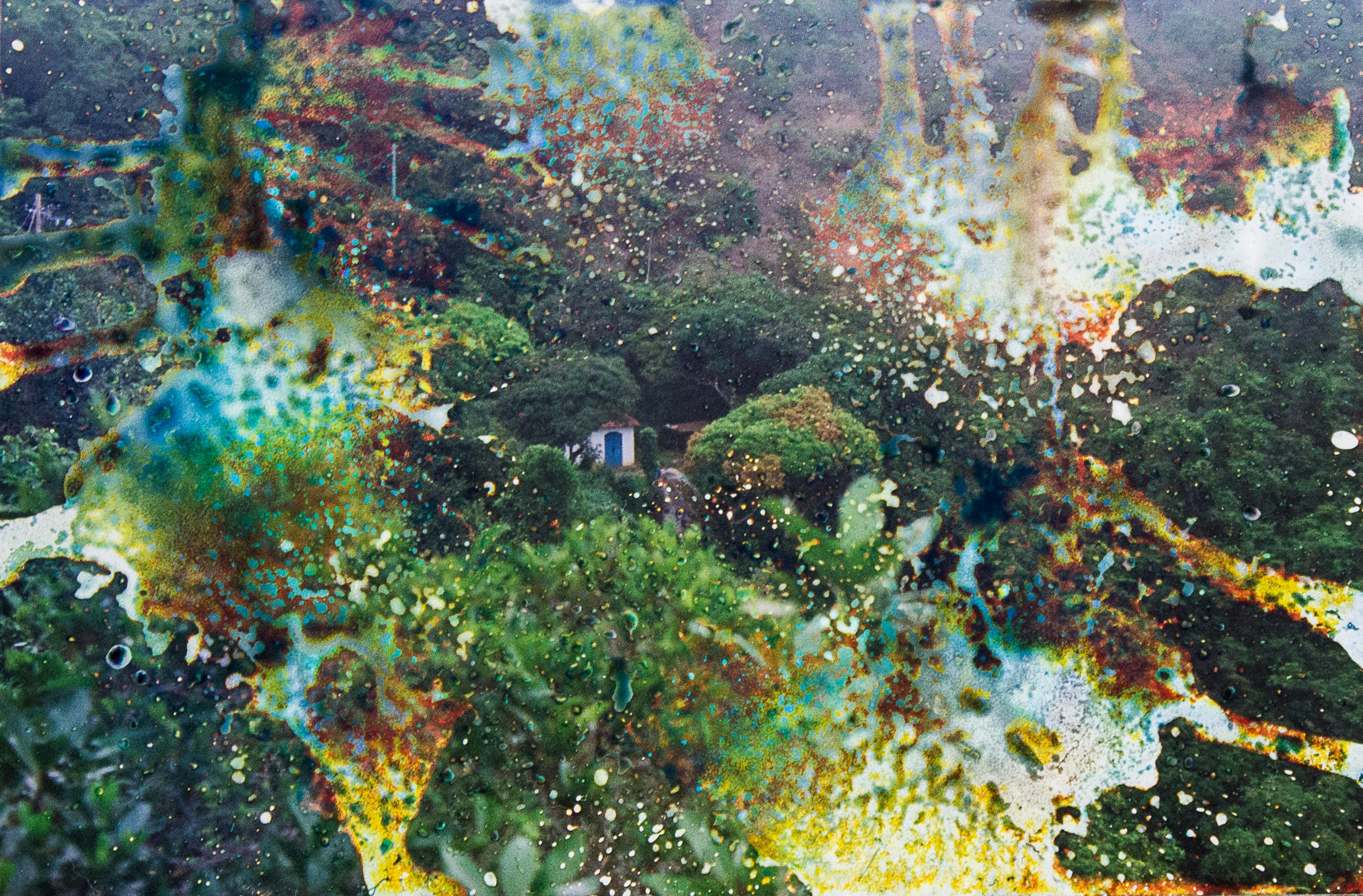THE CAJAÍBA COMMUNITY
Cajaíba is a small village located on the Juatinga Peninsula in the south of the state of Rio de Janeiro (Brazil). It is an isolated place, protected by an Ecological Reserve, that can only be reached by boat and not long ago there was not even electricity. In this village, the local population identify themselves as Caiçara, that is, a traditional cultural group that has developed practices and knowledge adapted to this environment. The Caiçara population is large and spreads along the coast of three Brazilian states: Rio de Janeiro, São Paulo and Paraná; The Cajaíba community is only a small part of this population.
Brazilian traditional communities have particular cultures, practices and knowledge that were created within the Brazilian historical context. They arose as a result of the cultural hybridization forced by colonization and for this reason, many of the communities have different origins, such as African, indigenous or European. The traditional communities are spread throughout the territory and are the basis of Brazilian culture; however, with the advance of modernity and globalization, these communities have been undergoing transformations in their local culture, including the disappearance and erasure.
The Caiçara group was formed through the encounter of indigenous people, Europeans from different countries and Afro-Brazilians, which after occupation processes due to different economic cycles of colonial Brazil, were relatively isolated in the narrow strip of land between the sea and the mountains. Therefore, through the encounter of different ethnicities and cultures, the Caiçara culture and identity was formed, which over time was consolidated creating particular practices, habits and memories that are transmitted from generation to generation configuring it as tradition.
In the twentieth century, at the peak of the military dictatorship in Brazil, the country went through an economic moment of industrialization and
modernization between 1968 and 1973. At that time, many hydroelectric, industries, several roads were built and the government started the exploitation of natural resources of the Amazon under the discourse of progress at the expense of people, cultures and nature. It was at this moment that the highway that connects the cities of Rio de Janeiro and São Paulo was built by the government, publicized as the “road of the sun”, to modernize the region that until then was relatively isolated after the end of colonization. The road that passes through the region of the Cajaíba community was completed in 1975. This allowed the intensification of the occupation in this area with tourism, real estate speculation, industrial fishing and urbanization. As a consequence, the community started a gradual process of transformation of its village and culture, which has been happening until today.
The work expresses the erasure and disappearance of the Cajaíba community and their traditional culture through differents techniques of erasure in photography.
"Preservation" - Intervention with bleach in analogue photography.
Time-lapse of the photograph's submersion in the bleach
I discuss the erasure and disappearance of the Cajaíba community through the materiality of photography. For this I use different erasing methods in the photographic medium: in my analogue photographs, I apply the cleaning product bleach on the photographic paper to erase my images.
In my digital photos, I use the digital glitch method to erase the textual codes from the images files and after that, my images are transformed into something else.
It is from this that I consider the erasure in my work a generative act, which produces transformations in the images and not only makes them disappear. With this, I draw a parallel between the transformations produced in the image material with the community's reactions to the disappearance: resistance, preservation and adaptation.
"Resistance" - final moment of submerging the photo in bleach
"Resistance" - final moment of submerging the photo in bleach
"Resistance" - final moment of submerging the photo in bleach
Glitch technique over digital images
